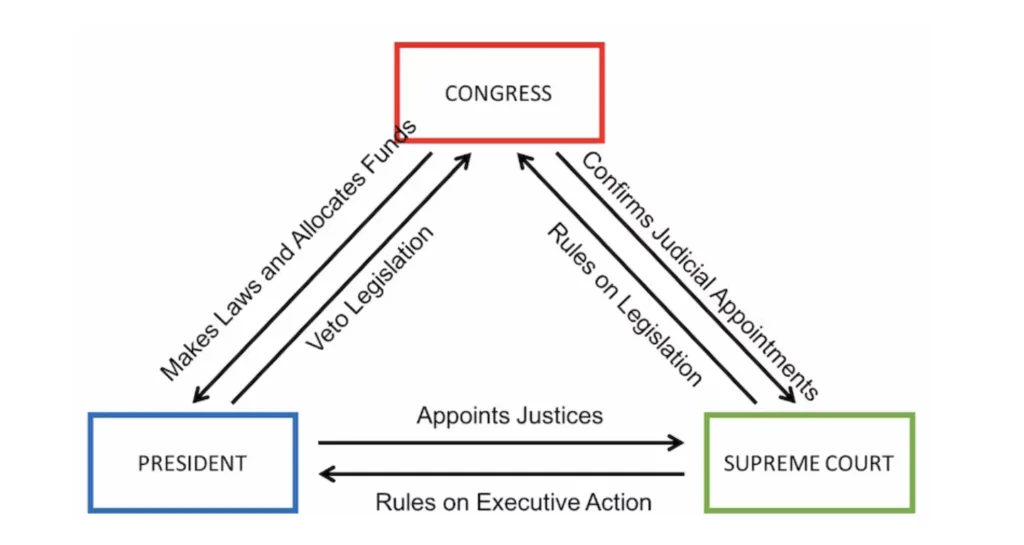Types Of Drainage Systems
In houses where a drainage system is not used, during heavy rains and rains with wind, water gets onto the facade and foundation. With constant contact of water and structures, the elements of the facade and foundation are destroyed, which leads to ongoing repairs.

In houses where a drainage system is not used, during heavy rains and rains with wind, water gets onto the facade and foundation. With constant contact of water and structures, the elements of the facade and foundation are destroyed, which leads to ongoing repairs. A wet facade leads to heat loss, which in turn increases the costs of heating and air conditioning. To prevent this, it is enough to "organize" the drainage process by installing a drain.
Depending on the type of roof and the overall design of the house, the rainwater system is divided into hidden (internal) or external.
-
The hidden system is used in most cases in buildings with folded, flat (welded) roofing, where the drainage pipes themselves are mounted in the building structure, in the finishing of eaves overhangs, and ventilated facades.
-
External, or traditional , drainage systems are used in the vast majority of cases. They are best suited for classic coverings, and are also cheaper to purchase and install.
First of all, we can make a division according to the configuration of the gutters, they are divided into:
-
Round
-
Rectangular
But this is only a choice of section, and a matter of taste; the most important criterion for selection is what the system is made of and what its throughput is.
The second criterion is directly related to the technical parameters of the roof, its covering. Therefore, it can be said unequivocally that the choice of the drainage system should be addressed at the stage of designing the house and choosing the project, or more precisely, its roof.
ProTip: Looking for reliable commercial general contractors in Austin, TX? We deliver top-notch construction services tailored to your business needs. Contact us today!
The next opportunity to choose a drainage system, its type, will be provided already at the stage of roofing works, and here it is necessary to approach as responsibly as possible. This is due to the fact that the designer and the owner of the house are obliged to decide on a number of issues.
-
First , you need to decide on the size of the eaves and pediment overhang, which directly affects the roof area. Make a roof plan, calculate the area of the slopes separately, determine the location of the funnels so that they harmoniously combine with the facade. This will help when ordering roofing material to calculate the required throughput of the drainage system, determine the water collection of each funnel, and calculate the exact number of necessary elements.
-
Secondly , based on the collected data, it is worth deciding on the required gutter size, which can be 125 or 150 mm, and the diameter of the drainpipes - 90 mm or 100 mm, special tables or manufacturer's recommendations can help with this. As for the sizes, there may be other sizes, depending on the manufacturer. Do not forget that the drain funnels should be installed at the lowest points of the cornice, avoid placement opposite windows, doors, take into account the slope, uniform loading of the funnels.
-
Thirdly , based on the selected roofing material, choose the material of the drainage system - plastic (PVC) or metal, color, texture - glossy or matte. The modern market provides a wide choice, both in material - plastic, galvanized, metal, copper, titanium-zinc, and color solutions. Any developer can easily choose what most accurately suits his needs and budget.
What does a drainage system include?
In general, the structure is always almost the same. All drainage systems consist of hooks, both rafter and frontal, which hold the gutters; plugs, clamps, drain funnels, and pipes for water drainage. The system can also be equipped with exclusive elements, leaf catchers, bumpers in the valley, tees, etc.
In order to turn the pipe away from the edge of the eaves of the roof and bring it closer to the wall, and in the lower part of the building to turn away from the house, rotary and drain elbows are used. When landscaping, rainwater inlets are often used for underground sewerage, the design of which includes the possibility of revision for cleaning pipes from leaves and debris.
Types of drainage systems
All currently existing gutters can be divided according to the main feature - the material they are made of.
Currently, there are two types of drainage systems:
-
Plastic .
-
Metallic.
Plastic (PVC) drainage systems
Plastic gutters, or PVC, are extremely resistant to atmospheric influences and in particular to ultraviolet radiation, withstand temperature changes. Resistant to mechanical damage, any corrosion, have high resistance to alkalis and salts, which can be in melted, rain water, work well in bending, resistant to fading, which does not require painting over time. In addition, plastic drainage systems are easy to install and easy to maintain. For their installation, adhesive joints or rubber seals are used, the latter are more common and more convenient.
When using rubber seals, the elements are simply connected to each other and snap into place easily. At the same time, each connection of the pipe or gutter with the fitting is a compensator for thermal expansion/contraction.
Plastic gutters are quite versatile and light in weight, which makes it possible not to take their weight into account at the stage of designing a building. Therefore, such gutters can be installed on reconstructed buildings.
The service life of many PVC (plastic) systems is about 50 years, which can fully guarantee you trouble-free operation.
Steel (galvanized) drainage systems
The drainage system made of galvanized steel (popularly called simply galvanized) was very popular for a long time, and in times when the choice was small, cost and availability came first.
Craftsmen (tinsmiths) made such a drainage system directly on site, rolled gutters and pipes, using a small set of tools. To give the drainage system a finished look, and compensate for its cheapness, craftsmen showed special imagination, adding decorative elements - hand-chasing, ornaments and frills. At one time, so to speak, hand-made work on an individual order, which was not expensive.
As time went by and the market developed, galvanized gutters began to be coated with special paints, giving them an aesthetic appearance and protecting them from corrosion.
Steel drainage systems with polymer coating
Galvanized steel is the basis for the production of gutters and pipes, and in order to give higher strength characteristics (in comparison with PVC), to achieve higher durability (in comparison with conventional galvanization), steel began to be covered with protective paints.
Manufacturers can make gutters and paint them according to the RAL color palette. The most common colors are white and brown, currently black, graphite and anthracite colors are gaining popularity. The customer can order any color of gutter, and it will be made to order. Modern paints have rich colors, are resistant to fading and abrasion, which guarantees a long service life of such gutters. The gutter system can withstand a temperature range from -150 ° C and below to +120 ° C and above, which allows it to be used in any climatic conditions. Metal with a polymer coating is resistant to bending, scratches and other impacts, such a gutter has good tightness.
Pro Tip: Need affordable general contractors in Round Rock, TX? Get quality construction services at budget-friendly rates. Call us today for a free estimate!
Gutter systems made of aluminum, zinc-titanium, copper
These drainage systems belong to the premium class and are distinguished by their super reliability, original appearance and durability.
Zinc-titanium is a material that occupies a leading position in the segment of medium and expensive houses. The mass fraction of zinc in the alloy reaches 99.995%, copper is responsible for plasticity and ease of soldering, the addition of titanium is for mechanical strength and anti-corrosion resistance of the finished product.
After a certain time, a patina layer is formed on the material - so to speak, natural protection from an aggressive environment. Patina gives special anti-corrosion characteristics, strength, and increases the aesthetic value of the product. It is safe to say that the service life of titanium-zinc products can easily reach 100 years or more.
There is also a class of aluminum drainage systems. Which in turn are distinguished by high anti-corrosion properties, very well resist atmospheric influences. They are quite light in weight, and have aluminum protection with an organic paint layer.
Copper drainage systems are very attractive from the aesthetic side, like zinc-titanium, they no longer carry such a functional component, but are a real decoration, decor of a building or roof. The service life of such products is not limited to any period, and can serve for more than 100 years. Acquiring a noble patina on its surface, which protects from precipitation.
But it is worth noting the very high cost of such materials, and this choice is not suitable for every developer. Installation of such systems, its elements, is carried out mechanically, or by soldering. Soldering joints acquire reliability, tightness and durability.
Also, the process of installation of such systems requires high training of the performer, great knowledge in this area, and great practical skills. Therefore, trust this to real professionals.
Which gutter should I choose?
This question can be heard quite often from our clients. We can definitely recommend choosing a drainage system that matches the service life of the main roof covering, so that you do not have to replace it prematurely, when the roof covering is still in perfect order.
When choosing a drainage system, it is important to pay attention to the diameter and thickness of the gutter walls, what metal it is made of, what galvanization and polymer coating. Also, the diameter of the gutter should be selected based on the roof area. That is, the larger the diameter of the gutter, the greater the volume of water it can drain from the roof, and the less water will splash. But this does not mean that in all cases you must necessarily buy a large-diameter drain and overpay for unnecessary use. With small slopes, a narrow drain will cope well with the task.
What's Your Reaction?





















